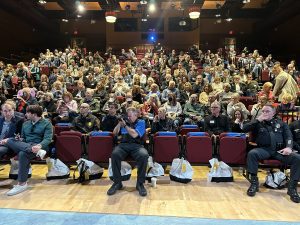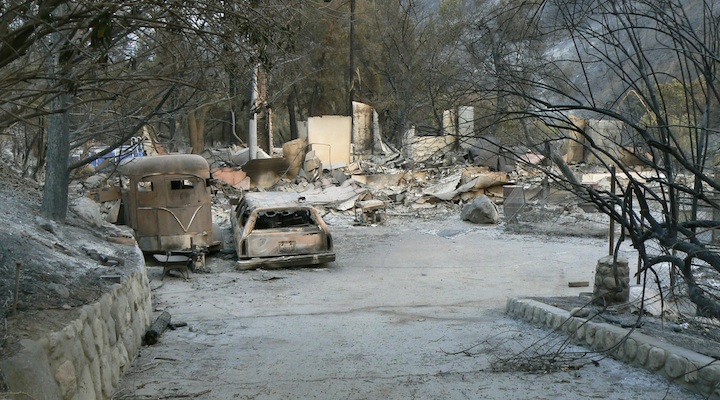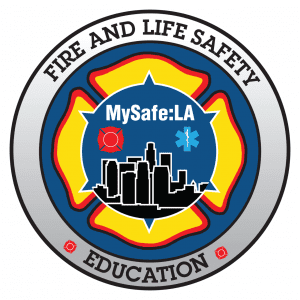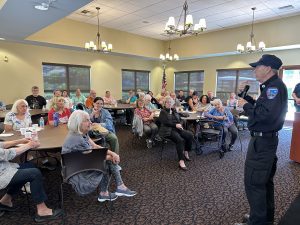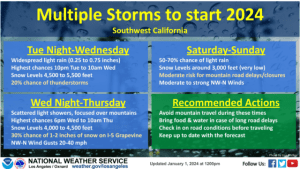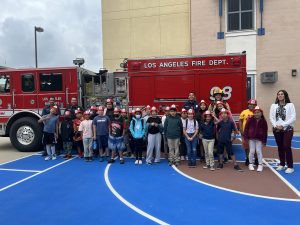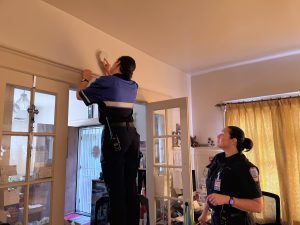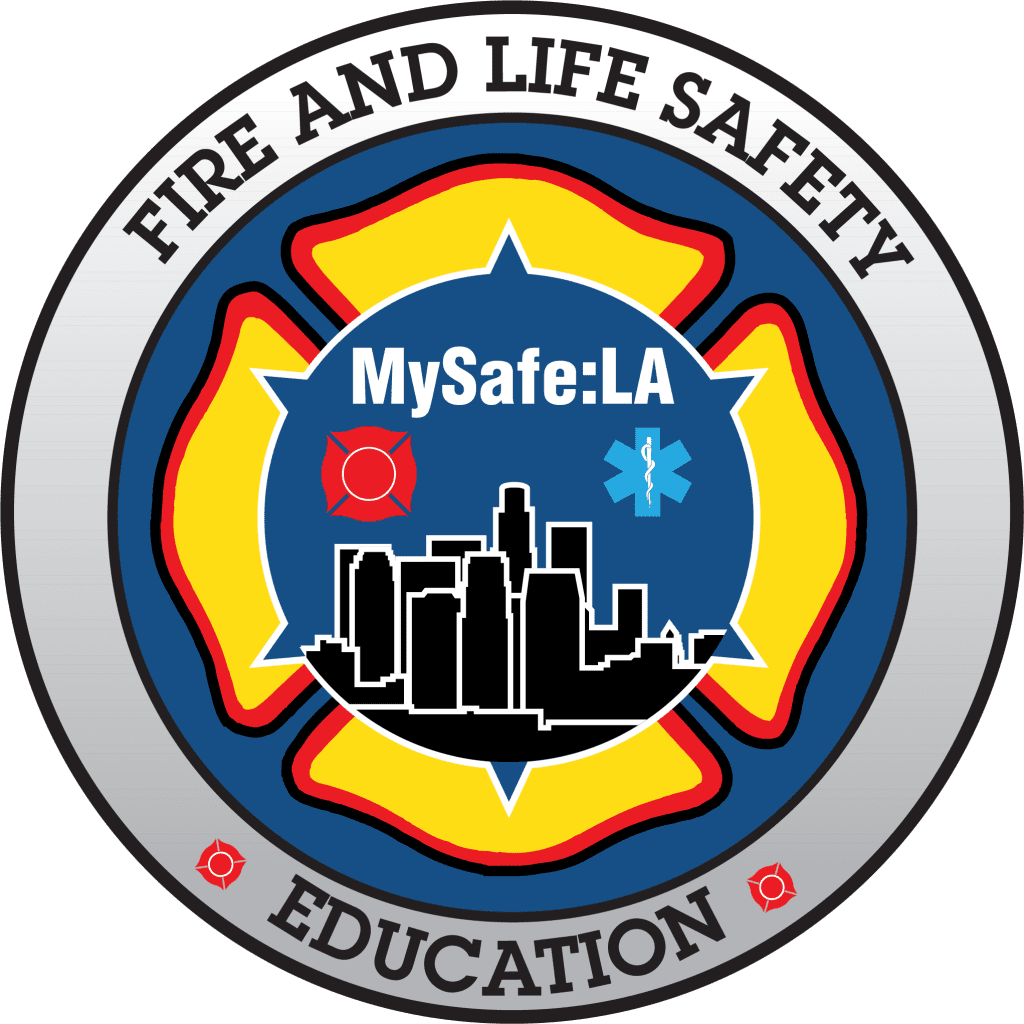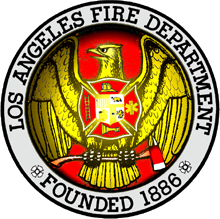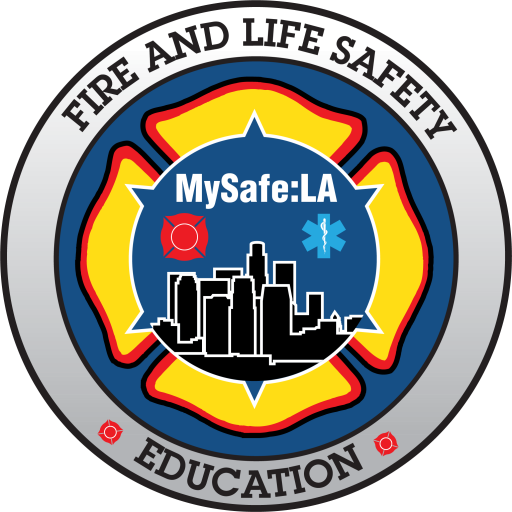As we enter into the autumn months and the weather across the country changes from the dog days of summer into the wispy, breezy crisp fall nights, those of us who live in the Los Angeles area are familiar with another weather guage that warns us of potential hazards. Just as consistent as the rain in the Pacific Northwest and the hurricanes of the Atlantic, Southern California gets Santa Ana winds. The arrival of “Santa Ana’s” as they are often called, is Mother Nature’s way of announcing “brush fire season.”
What are Santa Ana winds?: Santa Ana winds are dry and warm …often hot, but not always . These winds in the Southern California area blow in from the desert — which includes the Great Basin of the western United States, incorporating Nevada and part of Utah.
What is Red Flag and what does that mean? Red flag days in the city of Los Angeles are determined by three things…heat, humidity and wind. Like a recipe for disaster, when the heat rises and the humidity drops as well as wind speeds pick up…we get what is called a red flag day. On red flag days, often the media will announce the conditions as well as fire stations in high risk areas may fly a red flag on the flag pole as a visual reminder to the community they serve. Be aware, on red flag days, there are specific parking restrictions on narrow streets. Check with your local fire station to see if you live in these focused areas.
Why are Devil Winds (Santa Ana winds) important to know about? Santa Ana winds are sometimes referred to as Devil Winds by firefighters due to their hot and destructive nature. The most unpredictable and dangerous fire you’re likely to encounter is a wind-driven wildfire. As winds change intensity and direction, a wildfire can either “lie down” and smolder, or it can “flip and rip” into a locomotive and come barreling down like a roaring freight train.
Many people have heard of ready, set, go, but may not know the details of each step. It is important that residence who live in the wild land (Sunland, Tujunga,), wild land interface (Brentwood, Bel-Air, Encino, Sylmar to name a few) and even in our urban areas (Baldwin Hills had a tragic fire in 1985, East LA on Soto Street , San Pedro and Mt. Washington) be aware and stay prepared.
